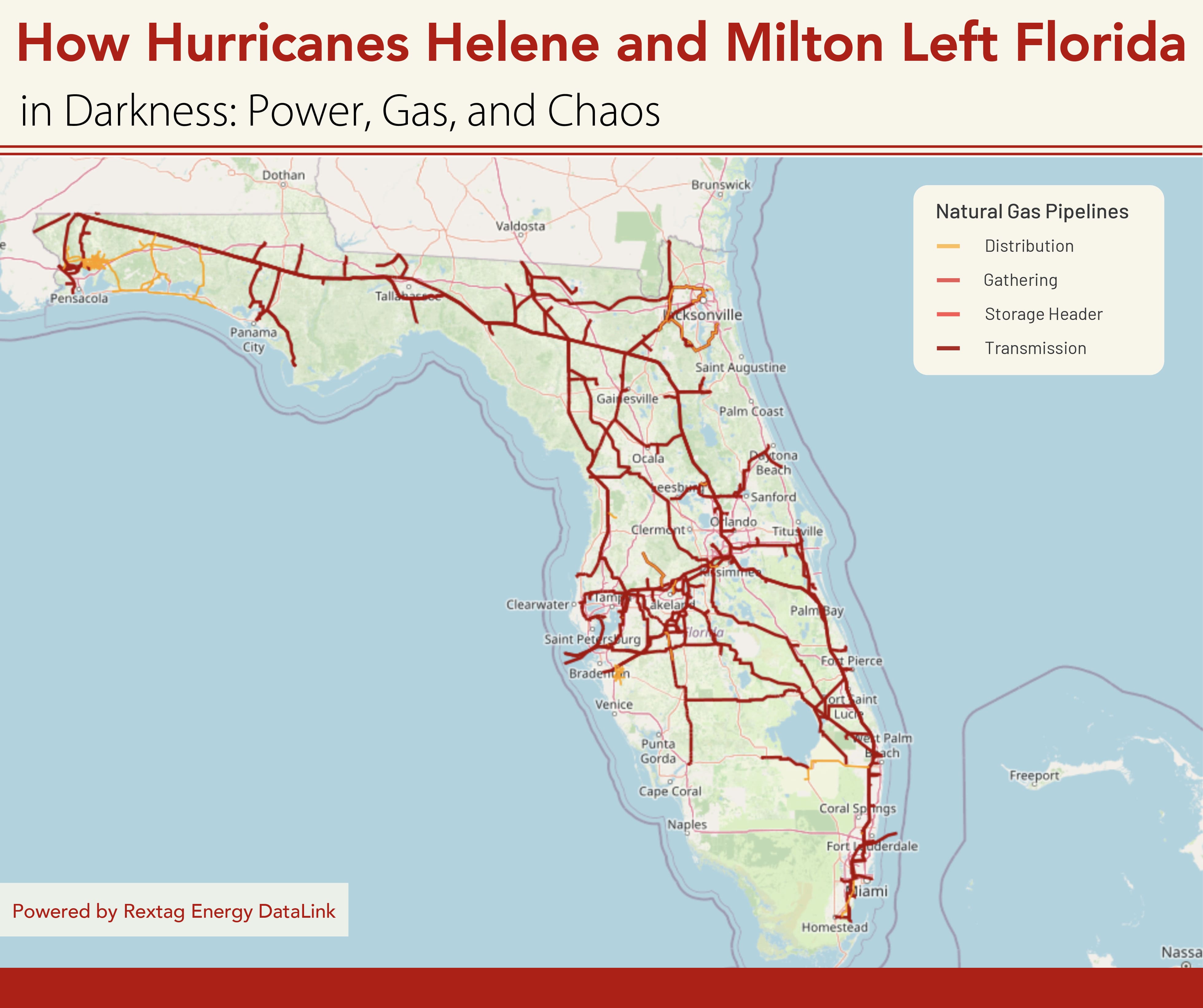Blog
Since days when shale oil and gas technologies were discovered, the U.S. energy industry has been evolving more rapidly than ever before. Many changes are amazing especially when you put them on an industry map. At Rextag not only do we keep you aware of major projects such as pipelines or LNG terminals placed in service. Even less significant news are still important to us, be it new wells drilled or processing plants put to regular maintenance.
Daily improvements often come unnoticed but you can still follow these together with us. Our main input is to “clip it” to the related map: map of crude oil refineries or that of natural gas compressor stations. Where do you get and follow your important industry news? Maybe you are subscribed to your favorite social media feeds or industry journals. Whatever your choice is, you are looking for the story. What happened? Who made it happen? WHY does this matter? (Remember, it is all about ‘What’s in It For Me’ (WIIFM) principle).
How Rextag blog helps? Here we are concerned with looking at things both CLOSELY and FROM A DISTANCE.
"Looking closely" means reflecting where exactly the object is located.
"From a distance" means helping you see a broader picture.
New power plant added in North-East? See exactly what kind of transmission lines approach it and where do they go. Are there other power plants around? GIS data do not come as a mere dot on a map. We collect so many additional data attributes: operator and owner records, physical parameters and production data. Sometimes you will be lucky to grab some specific area maps we share on our blog. Often, there is data behind it as well. Who are top midstream operators in Permian this year? What mileage falls to the share or Kinder Morgan in the San-Juan basin? Do you know? Do you want to know?
All right, then let us see WHERE things happen. Read this blog, capture the energy infrastructure mapped and stay aware with Rextag data!
How Hurricanes Helene and Milton Left Florida in Darkness: Power, Gas, and Chaos
The 2024 Atlantic hurricane season has hit Florida hard, with Hurricanes Helene and Milton exposing the vulnerabilities in the state's energy infrastructure. As Florida grapples with the aftermath of these back-to-back storms, the damage to oil, gas, and energy supplies has created severe disruptions, leaving residents and industries struggling to recover.
The Worst is Over: Gulf of Mexico Oil and Gas Production Nearly Restored After Hurricane Francine
The Gulf of Mexico’s oil and gas production is bouncing back quickly following the disruption caused by Hurricane Francine. According to a statement from the Bureau of Safety and Environmental Enforcement (BSEE) on Monday, nearly all of the region's energy output has been restored, signaling a significant recovery after the storm passed. As of Monday morning, about 12.18% of oil production and 16.02% of natural gas production in the Gulf remained shut down, according to operator reports. This marks a vast improvement from the peak of the storm’s impact when more than half of the region’s natural gas output and over 40% of its oil production were offline.

.jpg)